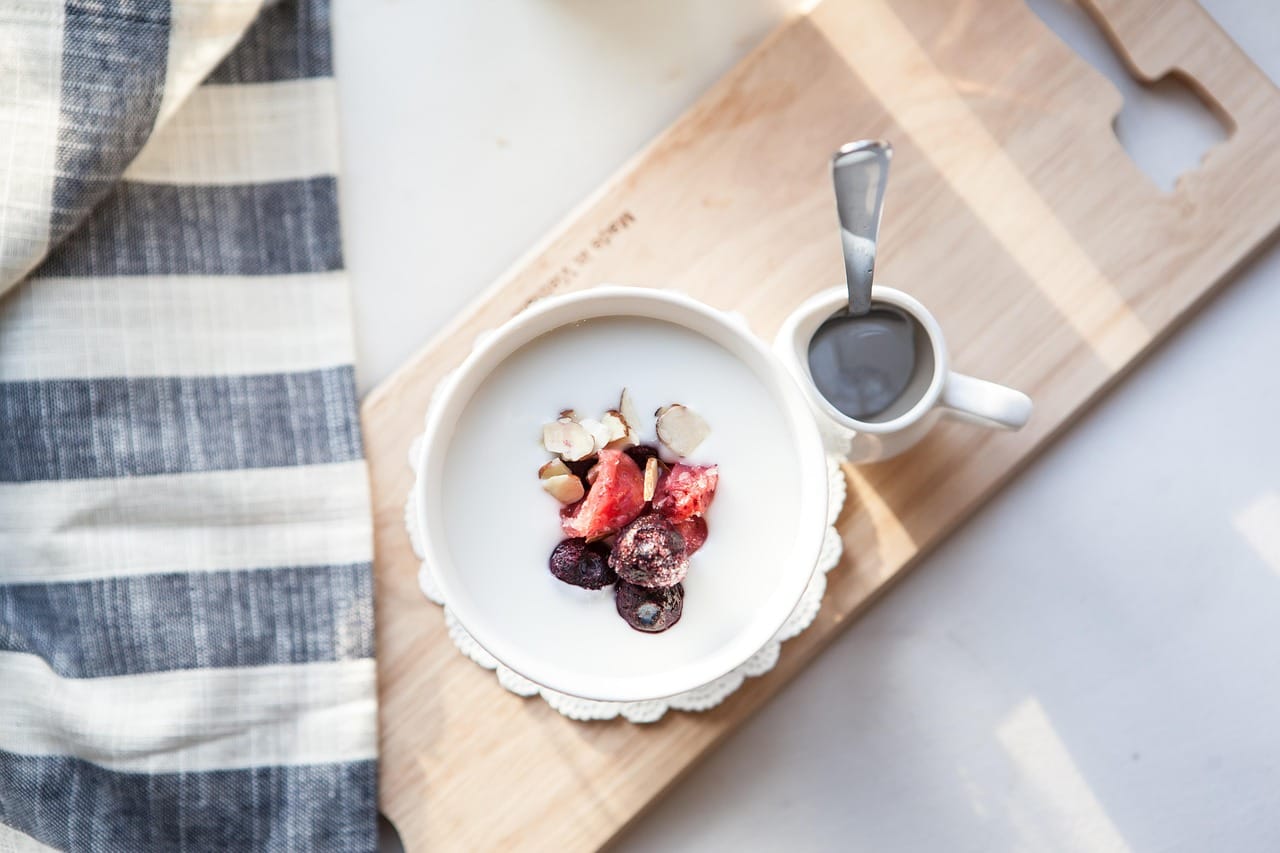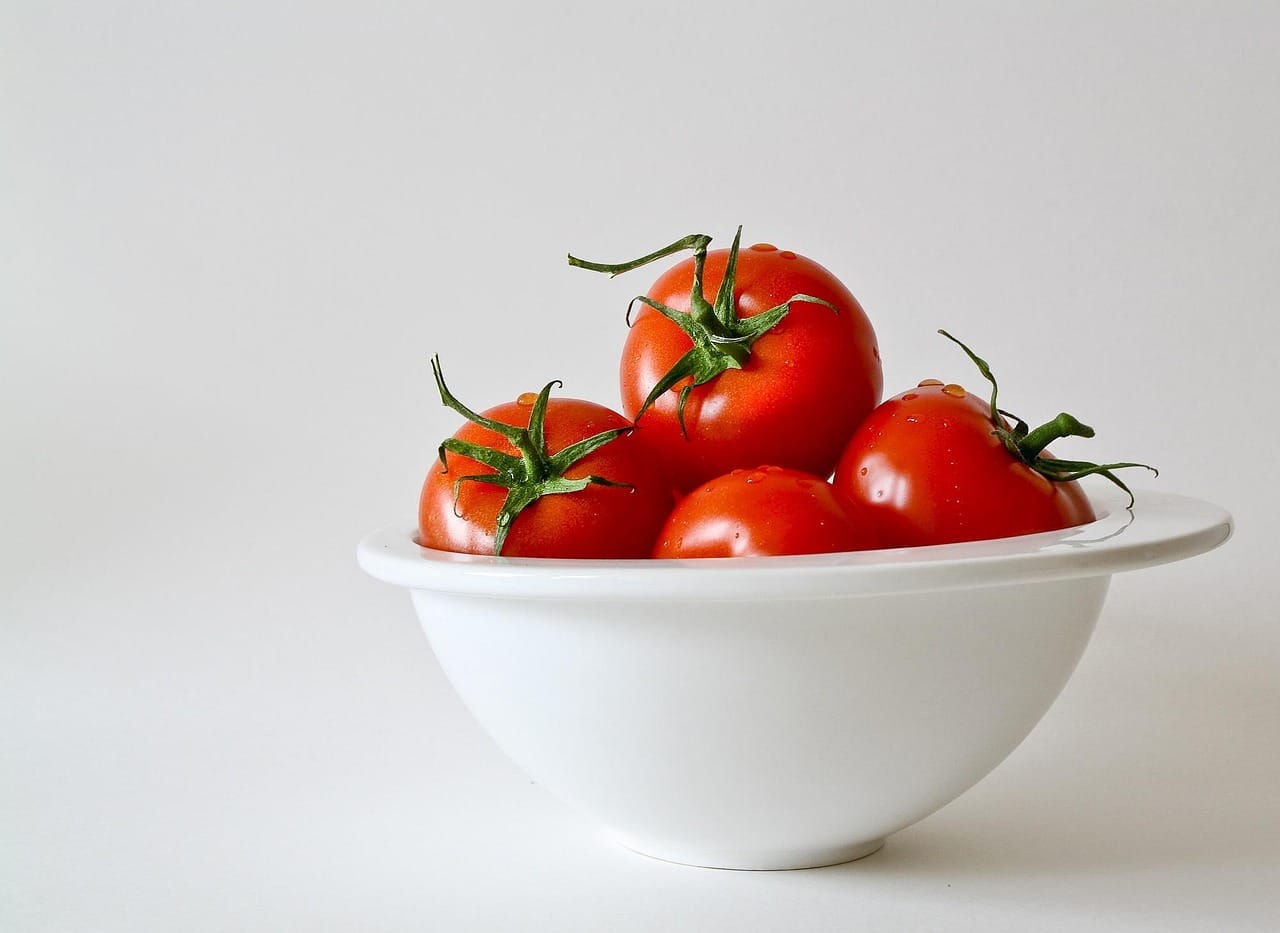A symphony of textures and flavors, the trifle is more than just a dessert; it’s a culinary tradition, a centerpiece of celebrations, and a guaranteed crowd-pleaser. From its humble beginnings as a simple, thrifty concoction to its modern-day decadent interpretations, the trifle has captured hearts and taste buds for centuries. This blog post delves into the fascinating history, diverse variations, and art of crafting the perfect trifle.
A Brief History of Trifle
The Humble Origins
The word “trifle” first appeared in English cookery in the 16th century, derived from the Old French term “trufle,” meaning “something of little importance.” Early trifles were essentially thickened cream desserts, sweetened and flavored with ginger, rosewater, and sugar. Over time, these rudimentary puddings evolved.
The Addition of Alcohol and Cake
By the 18th century, the trifle had begun to resemble the dessert we know and love today. Alcohol, usually fortified wine like sherry or Madeira, was incorporated, adding a boozy kick. Soaked biscuits or sponge cakes were also introduced, providing structure and absorbing the flavorful liquid. Recipes in Hannah Glasse’s “The Art of Cookery Made Plain and Easy” (1747) solidified the trifle’s place in British cuisine.
Victorian Era Refinement
The Victorian era brought further refinement. Jellies, often brightly colored and elaborately molded, became a staple layer. Fruit, both fresh and preserved, added vibrancy and flavor. These elements elevated the trifle from a simple sweet treat to an elegant and visually stunning dessert, fit for grand occasions.
Key Components of a Perfect Trifle
The Base Layer: Cake, Biscuits, or Ladyfingers
The foundation of any good trifle is the base layer, which serves to absorb the liquid and provide structural integrity.
- Sponge Cake: A classic choice, offering a light and airy texture. Use homemade or store-bought sponge cakes, sliced and arranged evenly. Example: Vanilla sponge, lemon drizzle cake, or even chocolate cake.
- Ladyfingers: These delicate, sponge-like cookies are ideal for lining the bottom and sides of the trifle bowl. Their porous texture soaks up the liquid beautifully. Example: Amaretti biscuits also offer a delightful almond flavour.
- Macaroons: For those who like a little more texture, broken macaroons work really well. The coconut flavour is a delicious addition to many trifle variations.
The Boozy Soak: Sherry, Wine, or Liqueur
The liquid element infuses the base layer with moisture and adds a distinct flavor profile.
- Sherry: A traditional choice, bringing a nutty and slightly sweet taste. Cream sherry is a popular option.
- Fortified Wine: Madeira or Marsala add depth and complexity.
- Liqueurs: Fruit liqueurs like Kirsch (cherry) or Grand Marnier (orange) can complement the fruit layers.
- Fruit Juice or Cordial: For an alcohol-free version, use fruit juice or cordial diluted with water. Example: Elderflower cordial provides a subtle floral note. Remember to adjust the sweetness of the other components accordingly.
The Fruit Layer: Fresh, Canned, or Jam
The fruit layer provides sweetness, acidity, and visual appeal.
- Fresh Fruit: Berries (strawberries, raspberries, blueberries), peaches, mangoes, and kiwi are excellent choices. Their vibrant colors and textures make the trifle visually appealing.
- Canned Fruit: Peaches, pears, or fruit cocktail in syrup can be used, particularly when fresh fruit is out of season. Drain the fruit well before adding it to the trifle.
- Jam: A layer of good-quality jam (raspberry, strawberry, or apricot) adds concentrated flavor and sweetness. Spread it thinly over the cake or biscuits.
- Consider seasonality: Use fruits that are in season for the best flavour and price.
The Custard Layer: The Creamy Heart
The custard is the luscious, creamy heart of the trifle.
- Classic Custard: A traditional English custard made with eggs, milk, sugar, and vanilla. Can be homemade or store-bought.
- Instant Custard: A convenient option for a quick trifle. Follow the package instructions carefully.
- Crème Anglaise: A rich and elegant custard sauce.
- Thickened Cream: Whipped cream, sometimes stabilised with gelatin or cornstarch, can offer a lighter alternative to custard. It should be thick enough to hold its shape within the trifle.
The Jelly Layer: Optional but Delightful
Jelly adds a wobbly texture and visual interest.
- Fruit-Flavored Jelly: Use a flavor that complements the fruit layer (e.g., strawberry jelly with strawberries).
- Sherry Jelly: A sophisticated option made with sherry and gelatin.
- Agar-Agar: A vegetarian alternative to gelatin.
- Avoid Over-Sweetening: Reduce the sugar content in the jelly if using a particularly sweet liqueur or fruit.
The Topping: Cream, Nuts, or Chocolate
The topping adds the final touch of elegance.
- Whipped Cream: Lightly sweetened whipped cream, piped or spooned over the trifle.
- Toasted Nuts: Flaked almonds, chopped hazelnuts, or pecans add texture and flavor.
- Chocolate Shavings: Dark, milk, or white chocolate shavings create a visually appealing garnish.
- Candied Peel: A traditional garnish, adding a touch of sweetness and bitterness.
- Fresh Berries: Scatter a few fresh berries on top for a final burst of color.
Variations on the Trifle
Chocolate Trifle
- Base: Chocolate sponge cake or chocolate brownies.
- Liquid: Chocolate liqueur or coffee liqueur.
- Fruit: Cherries or raspberries.
- Custard: Chocolate custard or chocolate mousse.
- Topping: Whipped cream and chocolate shavings.
Berry Trifle
- Base: Vanilla sponge cake or ladyfingers.
- Liquid: Berry liqueur (e.g., Chambord) or berry juice.
- Fruit: Strawberries, raspberries, blueberries, and blackberries.
- Custard: Vanilla custard or crème anglaise.
- Topping: Whipped cream and fresh berries.
Tropical Trifle
- Base: Coconut sponge cake or pound cake.
- Liquid: Rum or coconut liqueur.
- Fruit: Mango, pineapple, and kiwi.
- Custard: Coconut custard or vanilla custard with coconut extract.
- Topping: Whipped cream, toasted coconut flakes, and candied pineapple.
Savoury Trifle?
While trifles are traditionally sweet desserts, there’s a movement towards savoury versions. They combine elements such as:
- Base: Crusty bread or cornbread.
- Liquid: Broth or balsamic glaze.
- Layers: Roasted vegetables, cheeses, pesto, and sun-dried tomatoes.
- Topping: A dollop of ricotta or mascarpone, fresh herbs and a drizzle of olive oil.
Tips for Assembling the Perfect Trifle
Choosing the Right Bowl
- A clear glass bowl allows you to showcase the colorful layers of the trifle.
- Consider the size of the bowl based on the number of servings you need.
- A pedestal bowl adds elegance to the presentation.
Layering Techniques
- Start with the base layer (cake or biscuits), followed by the liquid soak.
- Arrange the fruit evenly over the base.
- Pour the custard over the fruit, ensuring it fills all the gaps.
- Add the jelly layer if using.
- Finish with the whipped cream topping and garnish.
Timing and Preparation
- Assemble the trifle at least a few hours before serving to allow the flavors to meld.
- Refrigerate the trifle for optimal texture and taste.
- Prepare the individual components (cake, custard, jelly) in advance to streamline the assembly process.
- Leftover trifle is best consumed within 2-3 days.
Conclusion
The trifle is a dessert that can be as simple or as elaborate as you desire. Its versatility and adaptability make it a perfect choice for any occasion, allowing you to create a unique and memorable dessert that reflects your personal taste and style. Whether you stick to the traditional recipe or experiment with new flavors and ingredients, the trifle is guaranteed to be a crowd-pleaser. So gather your ingredients, get creative, and enjoy the process of crafting this classic dessert. It’s more than just a sweet treat; it’s a celebration in a bowl.




